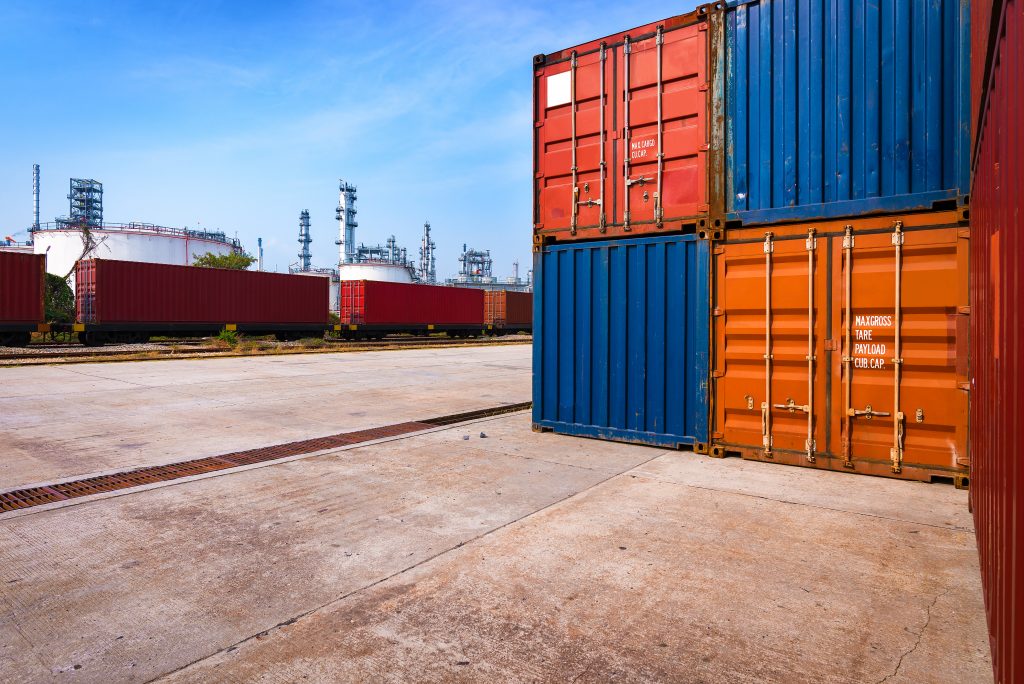Flexi-Railways
Cost effective transportation is a vital factor for global and national economic development. While delivery by water ways remains the most cost effective means of transportation, it is not an option when there are no water ways available. Next to water transport, rail transport is the most energy efficient means of moving large volumes of goods and passengers. It offers the following advantages:
- Ability to work in any weather conditions
- Low cost of transportation, especially for longer distances
- Lowest impact on the environment
When it comes to countries with vast territories, like United States, China, Russia, etc., railroads have utmost importance. If we take Russia for instance, 85% of the domestic cargo turnover is carried by rail.
In most instances inland transportation of bulk liquids is done in rail tank cars (RTCs). BeFlexi offers a solution that makes transportation of non-hazardous liquid bulk cargoes by rail significantly more efficient. We help our customers achieve cost savings of up to 40% by means of using flexitanks. The cost efficiency is attained by exclusion of transshipment and obtaining a lower tariff for a flat-car, which is normally 4-5 times lower than the tariff for an RTC. By eliminating the need for transshipment BeFlexi not only helps forwarders reduce their costs, but also makes transportation of liquids smoother and less cumbersome. In addition to that, elimination of transshipment allows forwarders to control the cargo for a longer distance and thus maximize their operating profit. Below is an example where a forwarder multiplies their margin by 5 times.

Assuming the forwarder charges the shipper 175 USD per metric ton (MT). Their actual cost by using railway cisterns is 160 USD/mt and their margin is 15 USD/mt. Using a containerized flexitank as an alternative would allow to reduce the cost to 96 USD/mt and the forwarders margin in that case would improve by 64 USD/mt and would be 79 USD/mt, i.e. more than 5 times higher than the initial margin. Estimating that a manufacturer ships 5000 metric tons per month on average from a single inland refinery, we multiply the 64 USD by 5000 metric tons and get 3.8 million USD of an extra profit per year. And that’s just from a single manufacturing facility. Now you can estimate the number of manufacturing facilities using inland rail transportation for non-hazardous bulk liquids and their shipping capacity and get the margins.
If the above figures are not impressive you may forget about the solution offered by BeFlexi. Otherwise feel free to contact us. By choosing BeFlexi you can rest assured that in partnership with SGS we can supply high-quality flexitanks and take care of its installation in any part of the globe. Should you have any doubts regarding the above mentioned numbers, don’t hesitate to challenge us and we will be glad to explain the details behind those numbers.
Best Regards,
Lernik Mirzakhanyan,
Sales Manager at BeFlexi
